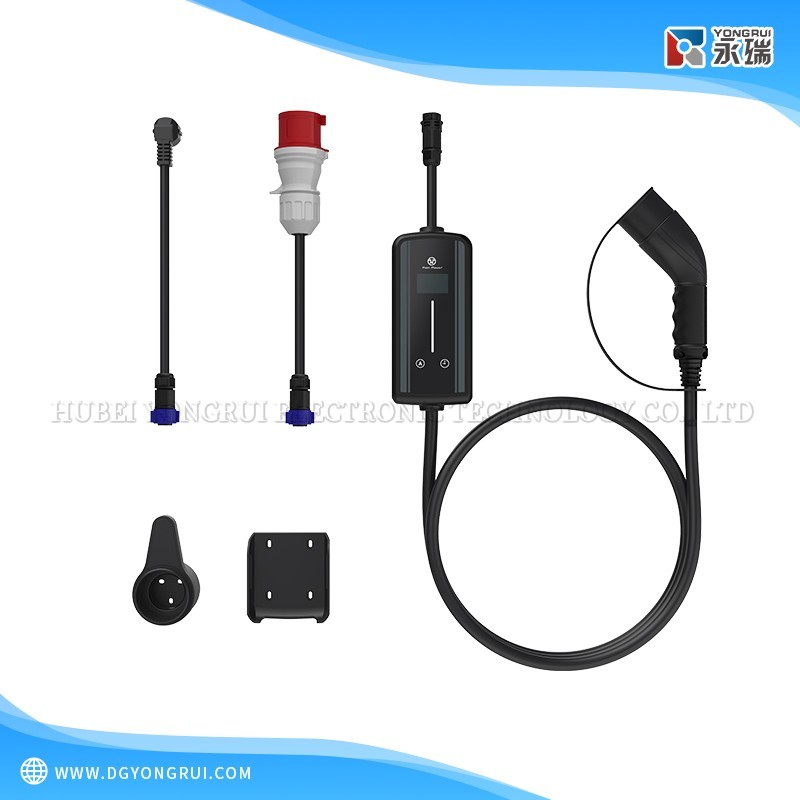-
-
Wire Harness
-
Appliance wire harness
-
New energy wiring harness
-
Industrial wiring harness
-
Automotive wiring harness
-
Medical wiring harness
MORE + -
-
Power Cord
-
China CCC
-
America UL
-
Japan PSE
-
Europe VDE/ENEC
-
British BS
-
India ISI
-
Indonesia SNI
-
Korea KC
-
Brazil INMETRO
-
Australia SAA
-
Germany ENEC
-
Italy IMQ
-
Swiss SEV
-
South Africa SABS
MORE + -
-
DC Power Cable
MORE + -
Connector
-
Power connector
-
Battery Swapping Connector
-
Energy Storage Connector
-
Solar PV Connector
-
Waterproof Connector
-
Industrial Connector
MORE + -
-
EV Charger
-
02
2025
-
01
How to Optimize EV Charging Station Manufacturing Costs: A Comprehensive Approach
As the global demand for electric vehicles (EVs) continues to rise, the infrastructure supporting these vehicles, particularly EV charging stations, faces increasing scrutiny. With the International Energy Agency (IEA) estimating the need for nearly 400 million charging stations worldwide by 2030, manufacturers are under pressure to balance quality and cost. This article explores actionable strategies to optimize the manufacturing costs of EV charging stations, from design improvements to supply chain management.

1. Smart Design for Cost Efficiency
Modular Architecture
Adopting modular designs simplifies production and enhances component compatibility. According to a McKinsey & Company report, modular systems can reduce manufacturing costs by 10-15% while accelerating product development timelines.
- Example: Tesla's Supercharger stations employ modular components, enabling quick replacements and lowering maintenance expenses.
Integrated Functions
Consolidating control units, communication modules, and power systems reduces the need for separate components, streamlining production.
- Integrated designs can cut material costs by 8-12% by minimizing component overlap and redundancy.
Load Management Optimization
Implementing smart load management software allows multiple stations to share power resources efficiently, reducing the hardware requirements for individual units.
2. Material Selection for Better Value
Alternative Materials
High-performance plastics and aluminum alloys offer cost-effective substitutes for traditional steel while providing improved corrosion resistance.
- Switching to these materials can lower overall material costs by 5-7% while maintaining structural integrity.
Localized Sourcing
Procuring materials from regional suppliers minimizes logistics and tariff expenses. Research from Deloitte indicates that localized sourcing can decrease related costs by 15-20%.
- Actionable Insight: Partner with local suppliers for key components like enclosures, cables, and connectors to ensure both cost efficiency and supply stability.
3. Advanced Manufacturing Processes
Automation Adoption
Integrating robotics for tasks like welding and quality inspections can significantly reduce labor costs and enhance production consistency.
- Case Study: A charging station manufacturer implemented automated assembly lines, boosting efficiency by 30% and cutting unit costs by $20 per station.
Lean Manufacturing
Streamlining production workflows and reducing waste are fundamental principles of lean manufacturing.
- This approach can cut unnecessary inventory by 50% and production costs by 10-15%, as demonstrated by the Toyota Production System.
4. Supply Chain and Logistics Optimization
Supplier Consolidation
Establishing long-term partnerships with key suppliers for critical components, such as power modules and smart chips, enhances cost predictability and reduces procurement expenses.
- Studies reveal that supplier consolidation can reduce costs by 8-10% while ensuring timely deliveries.
Intelligent Logistics
Leveraging real-time monitoring and dynamic route planning reduces transportation costs and delivery times.
- Example: A leading manufacturer employed smart logistics solutions to lower shipping expenses by 12% and streamline lead times.
5. Real-World Success: Cost Optimization in Action
Case Study: Hubei Yongrui Electronics Technology Co., Ltd.
- Strategies Implemented:
- Modular designs integrating power and communication modules reduced complexity and component count.
- Automated production lines featuring advanced CCD inspection systems enhanced efficiency and product consistency.
- A localized supply chain center in Europe minimized tariffs and logistics costs for CE-certified components.
- Results: Manufacturing costs were reduced by 18%, annual production capacity increased by 25%, and market competitiveness improved significantly.
Conclusion: Cost Control as a Catalyst for Growth
Optimizing the manufacturing costs of EV charging stations is more than a cost-cutting exercise—it’s a strategy to drive competitive advantage in a booming market. By leveraging innovative designs, strategic sourcing, and advanced manufacturing processes, businesses can achieve the perfect balance between cost efficiency and product quality.
As demand continues to grow, the ability to produce affordable yet reliable charging solutions will define the success of manufacturers in this rapidly evolving industry.
MORE NEWS
Hubei Yongrui specializes in the design, development, production, sales and service of connection harnesses (inside and outside the machine), power cords and new energy harnesses as one of the manufacturing enterprises!
©2023 Hubei Yongrui Electronic Technology Company Limited



